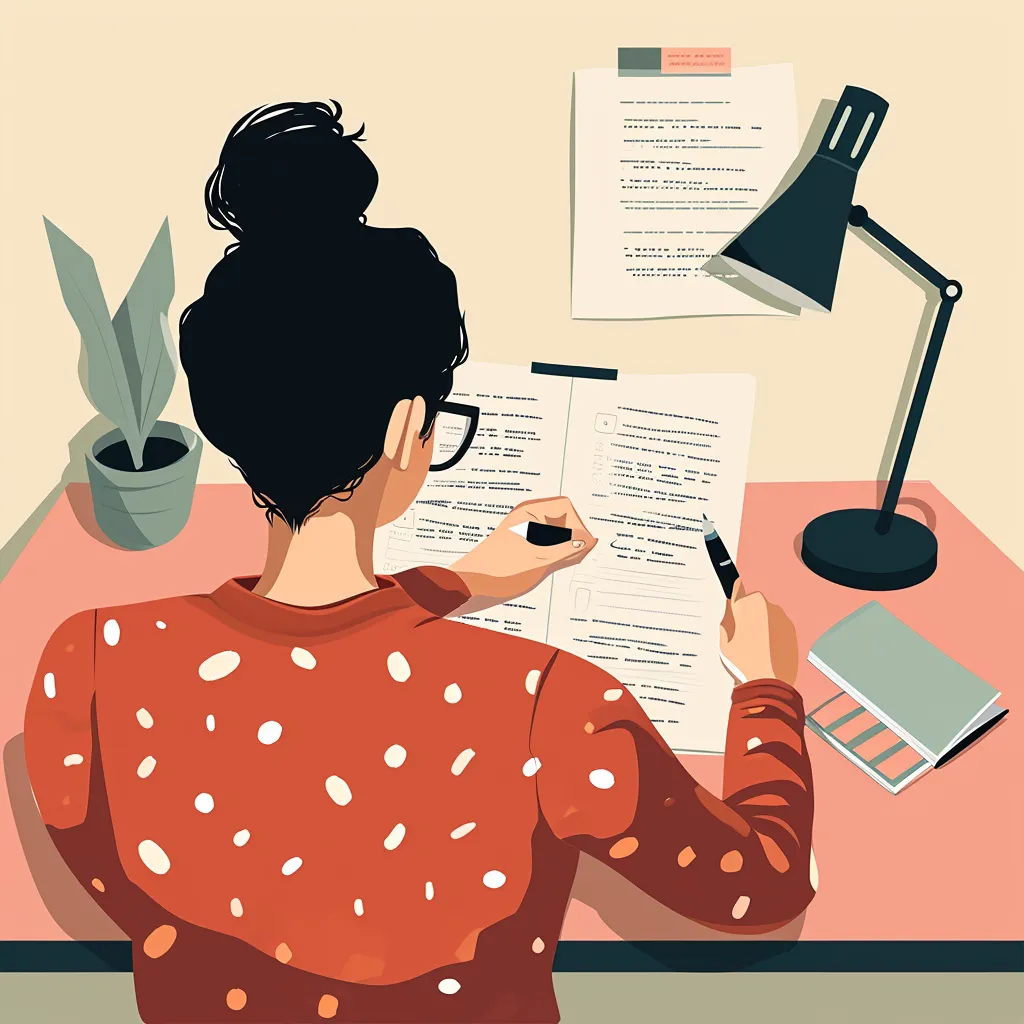We recently posted some new job openings, and to be honest, we were surprised by how many people are still creating poor CVs to represent themselves. Seeing as we promised you advice blogs, here is a simple one giving you the best tips and tricks for the future.
The Format
There are multiple CV formats available on the internet all coming from a different school of thought about whether you should keep it traditional or try to do something to stand out. Honestly, it depends on the industry you are applying for. When it comes to media or creative roles, yes, your CV should showcase your design and digital skills, leaving room for you to be radical. However, for other industries, the safest option is to stick to a traditional format that gives the reader the clearest understanding of your experience and skills to date.
Since we are a software company, we can only vouch for ourselves and we confess our HR department is full of “CV classicists” who are not swayed by aesthetics, colors, or graphics. Instead, they are on the lookout to see keywords perfectly showing your relevance for the position.
Beware the Over-formatted CV
The other extreme you should stay away from is the over-formatted CV. This means having a layout that has texts written in boxes, numerous columns, and multiple font types and sizes. And not to forget the worst—a long bullet-point list of all the possible skills and technologies coming to one’s head. Keep it simple!
Go for a classic black and white layout, with font size 10-12, and font style Times New Roman or Arial. Mention only the skills, platforms, and technologies you actually have at your fingertips, and ditch the rest. You will get a chance to compliment yourself in the interview, so don’t worry. Also, make sure you add your Linkedin and Github link (if you have one) to showcase your technical portfolio. Once you have all the important stuff on the page, make sure you convert your document into a simple PDF format, allowing the reader to focus on the content and not get lost in any complicated formatting.
The Perfect Length
This is the million-dollar question. People have very controversial opinions when it comes to this topic: “it should fit on one page” (even if I am applying for director?). or “it should contain details of every role you have been in” (even if it ends up being 6 pages long?).
The trick is to use common sense. If you are just beginning your career, you may find it hard to even fill out one entire page, so focus on your qualifications, skills, and interests, stretching it out to one and a half pages. Whereas, if you are a senior candidate, it may be hard to compress everything without losing out on some valuable information, so keeping it to 3 pages will just about do it.
Keep flowery language to a minimum, use clever formatting, and make sure to use language relevant to your industry. If you are short on space, writing a long paragraph on your interests would be foolish. Go with one line; it will be enough.
The Order Matters
The first thing any employer would like to know is where you’re currently working and what you are doing; other details will come later. Hence, writing your CV in chronological order is the best practice. Begin with your most recent role at the top, moving backward to your first role as the employer reads down the page.
Not everything has to be mentioned if it is not relevant to the role. The fact that you started your career as an office boy/girl has little relevance to your application (unless you are a school dropout, which I hope none of you are). Also, you do not have to mention a list of all the subjects you studied or the grades you achieved. Instead, add any certifications and your final year project (highlight the value you created in it). Mention your degree and institution, but make sure it is clear to the reader that you are backed with strong education because this could be the break or make of being called in for an interview.
Don’t Create Stalkers
On one hand, there are people who don’t include their contact details; suffice to say, you will not be called for an interview if you don’t include your mobile number. On the other hand, there are people who provide more details than are required. For obvious reasons, you should not be mentioning your house or flat number. Your email address, Linkedin profile, mobile number, city, town/street number are more than enough.
Wrapping It Up
If you have followed everything above, then the last and most important thing left is to check for spelling and grammar mistakes. Proofread, proofread, and proofread. We cannot stress how important this step is.
Oh, and because CVs are here to stay, you might as well get it right!




